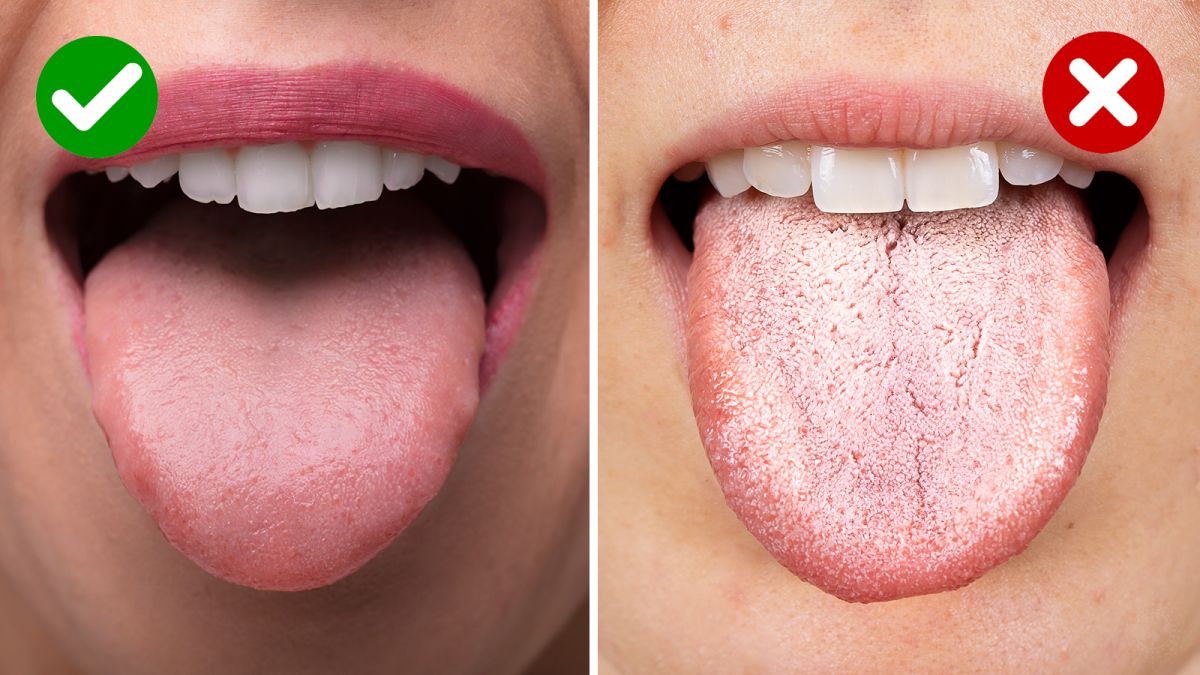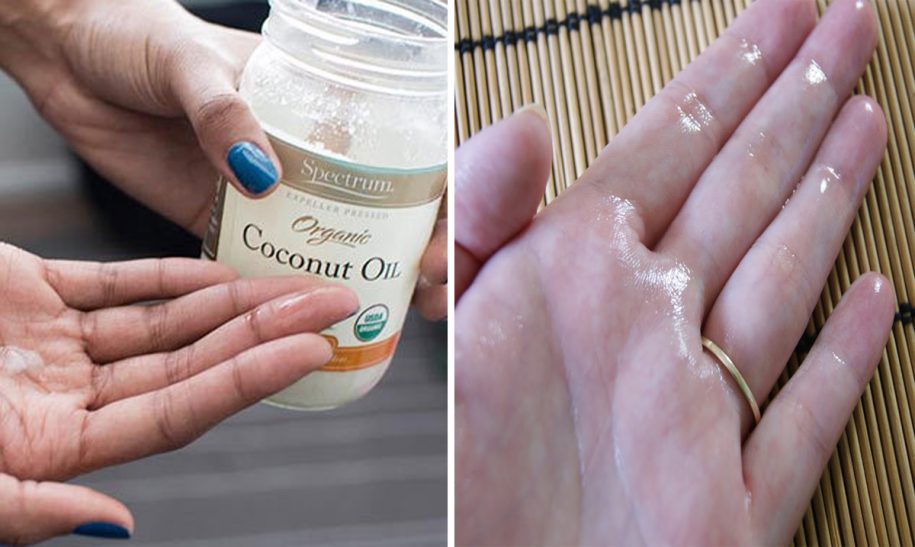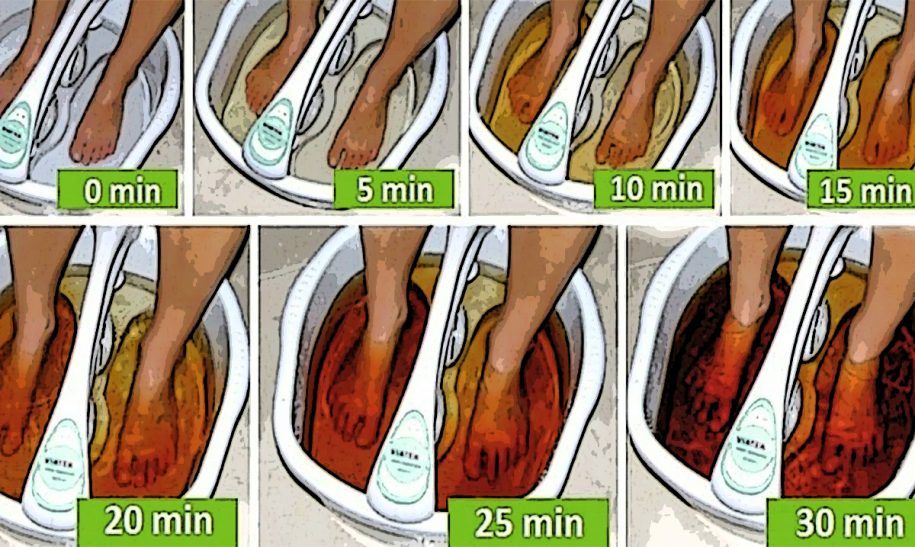Look at your tongue when you open your mouth. Even though it may seem unusual, your tongue can reveal a lot about your general health.
For instance, a tongue that appears dark and hairy may indicate diabetes or poor oral hygiene. It may be an indication of an iron, vitamin B12, or folic acid deficit if your tongue is brilliant red like a strawberry.
However, it might also indicate a fever or strep throat.
Do you have red and white dots all over your tongue?
That could be a telltale indicator that your taste buds are depleted. Red and white tongue is probably something you’ve experienced if you’ve consumed a pack of Sour Patch Kids every day for the past five years or a piece of pizza as soon as it was taken out of the oven. Fortunately, this happens frequently, and taste buds do renew.
So the following time you exit the shower, wipe the mirror clean before opening your mouth to check your tongue. What you discover may surprise you!
Additional information about what your tongue can reveal about your health is provided below:
If your tongue develops white patches
These white spots on your tongue are symptoms of oral candidiasis, a yeast infection, or thrush. To determine whether this is an issue with oral hygiene, try consistently brushing your tongue for a week. If the patches don’t go away, candida overgrowth is probably to blame.
Antifungal medications can be used to treat this illness.
Your tongue appears to be black and hairy.
The black tongue with hair can be brought on by a number of conditions, including yeast infections, diabetes, cancer treatments, and poor oral hygiene. The hairy appearance of your tongue is caused by a deposit of dead skin cells on its papillae.
It is not necessary to seek medical attention for this issue; all that is required is for you to maintain excellent oral hygiene by frequently brushing your tongue (using tongue scrapers if necessary).
Your tongue has red and white spots.
There is no issue here! Simply put, the red and white spots on your tongue are the result of worn-out taste buds. This is typical and doesn’t need to be treated.
Your tongue is unusually red.
A red tongue may signify a folic acid, vitamin B12, or iron deficiency, as well as a fever or strep throat. A red tongue indicates general health rather than being an indication of an illness. Each of these symptoms can be treated quickly and effectively with a supplement or drug.
If your tongue looks stripped or webbed
The immune system’s attack on the cells results in the webbed or striped appearance, which frequently suggests the inflammatory illness known as oral lichen planus. Although lichen planus is not communicable, it increases your risk of developing oral cancer, so it is crucial to keep an eye on the condition.
The best method to cure this illness is to maintain good oral hygiene, abstain from tobacco use, and limit your intake of potentially irritating foods.
You have rashes on your tongue.
When your teeth bite into your tongue, ridges form. Typically, this takes place when you sleep. Thankfully, there is no need for treatment because the ridges eventually disappear.
Your tongue has bumpy symptoms.
Your tongue bumps are probably canker sores or cold sores. Numerous factors, including smoking, stress ulcers, and biting, contribute to their development. Try these at-home cures instead, such as gargling warm salt water, chewing on mint leaves, and consuming soft, cold foods (like yogurt).
These bumps may not always require medical attention. Avoid greasy foods like fries and other things that could make you respond negatively. Also, take care of your teeth.
Make an appointment with your dentist to talk about the situation, if necessary.




